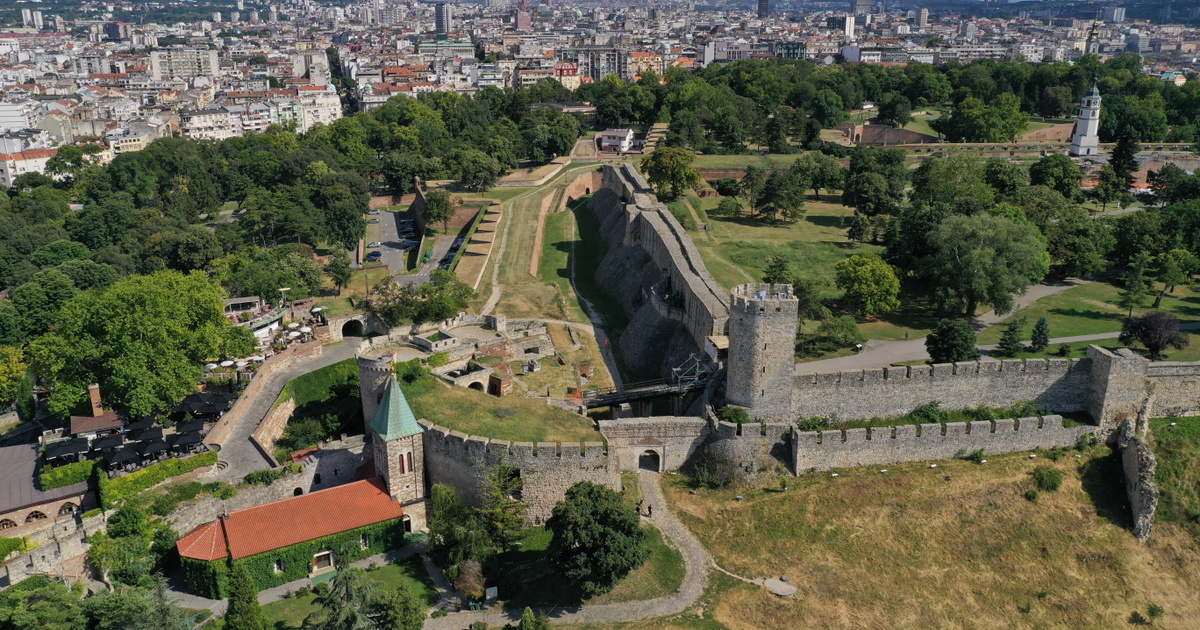Opening of the Turkish Crescent
At the south bell, everyone raises their heads. Many may remember that this is the moment when the family gathers around the table on the weekend and lunch comes. Or historical background knowledge may show that we are indeed celebrating Janos Hunyadi’s victory at Nándorfehérvár in 1456. But this knowledge is as flawed as Dugović’s heroic leap in the rear with the Turks.
The Huniades were all heroes, and the Pope wanted to call on Christians all over the world to pray for the defenders.
A few years ago, on May 29, 1453, the twenty-year-old Ottoman ruler was the second. Mehmed (1451-1481) occupied the “City of Cities”, the capital of the Byzantine Empire, Constantinople (formerly Byzantium and then New Rome), which probably grew into one of the richest cities in the Eastern Roman Empire due to its central jurisdiction and, over time, played an important role in history.
The young Sultan took the name Al-Fateh and made the city its capital.
After 1453, the name of the settlement was practically changed to Istanbul, but it was not officially renamed until 1930.
Southern bell at the south end
Sultan Al-Fath did not wait long. Ceasefire agreements with the Hungarian King Louis the Great (1342-1382) had already expired, the consequences of which were already evident during the reign of King Sigismund of Luxembourg (1387-1437), when the Franco-Hungarian joint forces were defeated in Nicapoli.
The Turks tried to break into the country for a long time, but the system of border forts built on the southern border line always stopped it. One of the centers of this line was Nándorfehérvár, which Janos Szilágyi and his people defended against the Ottoman invaders.
The third pope. Callixtus (1455–1458) declared a crusade against the conquerors, and in his prayer on June 29, 1456, ordered that
Invite to pray three times a day for all believers in defense of Christianity to encourage all who are fighting invaders.
In response to the Pope’s request, in the summer of 1456, a large crusader, mostly Germans and Czechs, gathered near Vienna under the leadership of Janus Hunyadi and Janus Capistran.
late news
The Turkish blockade was broken a few weeks ago Hungarian counterattack On July 22, he finally reversed the outcome of the battle when Janos Hunyadi occupied the Turkish defenders. Many attribute the power of prayer to the victory of the army led by Janos Hunyadi and Janus Kapistrane against the outnumbered Turks.
Then, for more than half a century, Christian Europe was not attacked from the southeast.
The actions of the papal embol and news of Nándorfehérvár’s victory reached the Hungarian capital and Vienna around the same time, so they penetrated public consciousness differently than originally intended. The Pope learned of the victory on August 6, and then immediately ordered that day to be honored as a feast by all Christians.
Later memories and letters mention that the Southern Bell is the Thanksgiving Day for the victory of the Battle of Nándorfehérvár. VI. In one of the bulls of Pope Alexander, the bell is set to ring every noon in the Christian world as it shows the protection of Christianity and belonging.
(Cover photo: Nándorfehérvár Castle on July 8, 2020. Photo: László Molnár-Bernáth/MTI)






